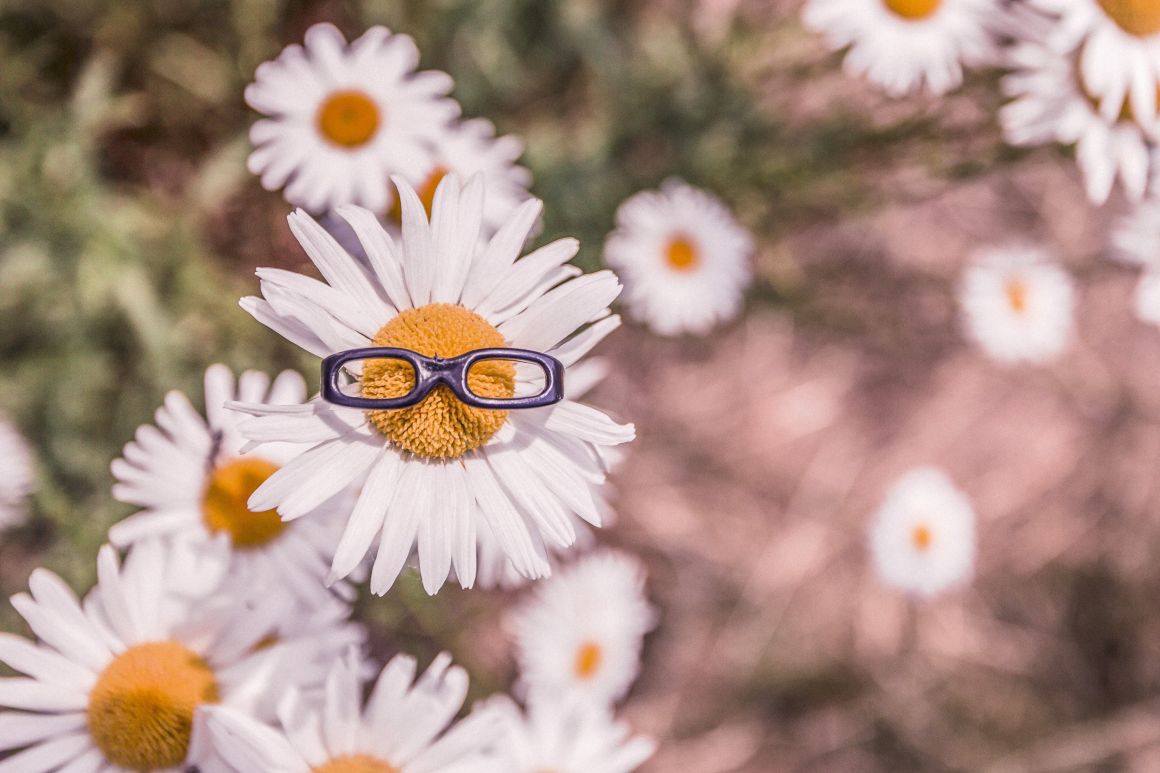What a plant sees?
Like us, plants sees light. However, plants don’t ‘see’ in pictures, as you or I do. Plants can’t discern between a slightly balding middle-aged man with glasses and a smiling little girl with brown curls. But they see if you come near them; they know, if you’re wearing a blue or a red shirt. They know if you’ve painted your house or if you’ve moved their pots from one side of the living room to the other. (D.Chamovitz. What a plant Knows).
Plants must be aware of the dynamic visual environment around them in order to survive. They need to know the direction, amount, duration, and color of light to do so. While human can detect electromagnetic waves in relatively tight spectrum (390-700 nm), plants also detect ones that are both shorter (UV) and longer (far red) than those we can detect. However, plant don’t have a nervous system that translate signals into pictures. Instead, they translate light signals into different cues for growth.
Light is the energy source for photosynthesis that drives plant life. Energy for photosynthesis is harvested by chlorophyll and accessory pigments (see Table 1). But plants also possess other light-absorbing photoreceptors that are coupled to many developmental processes. Thus, the spectral properties of horticultural lighting is a powerful tool to boost plant vitality, as well as to damage it. Frequently, lamps for plants contains LED, emitting light wavelengths that match the absorption of the main photoreceptors. But be careful selecting colorful LED lighting spectra for your plants. Discuss all details with your supplier! Lamp spectrum must be selected specifically for your plant species, cultivation system and technological objectives.
Hortiled knows much about that.



